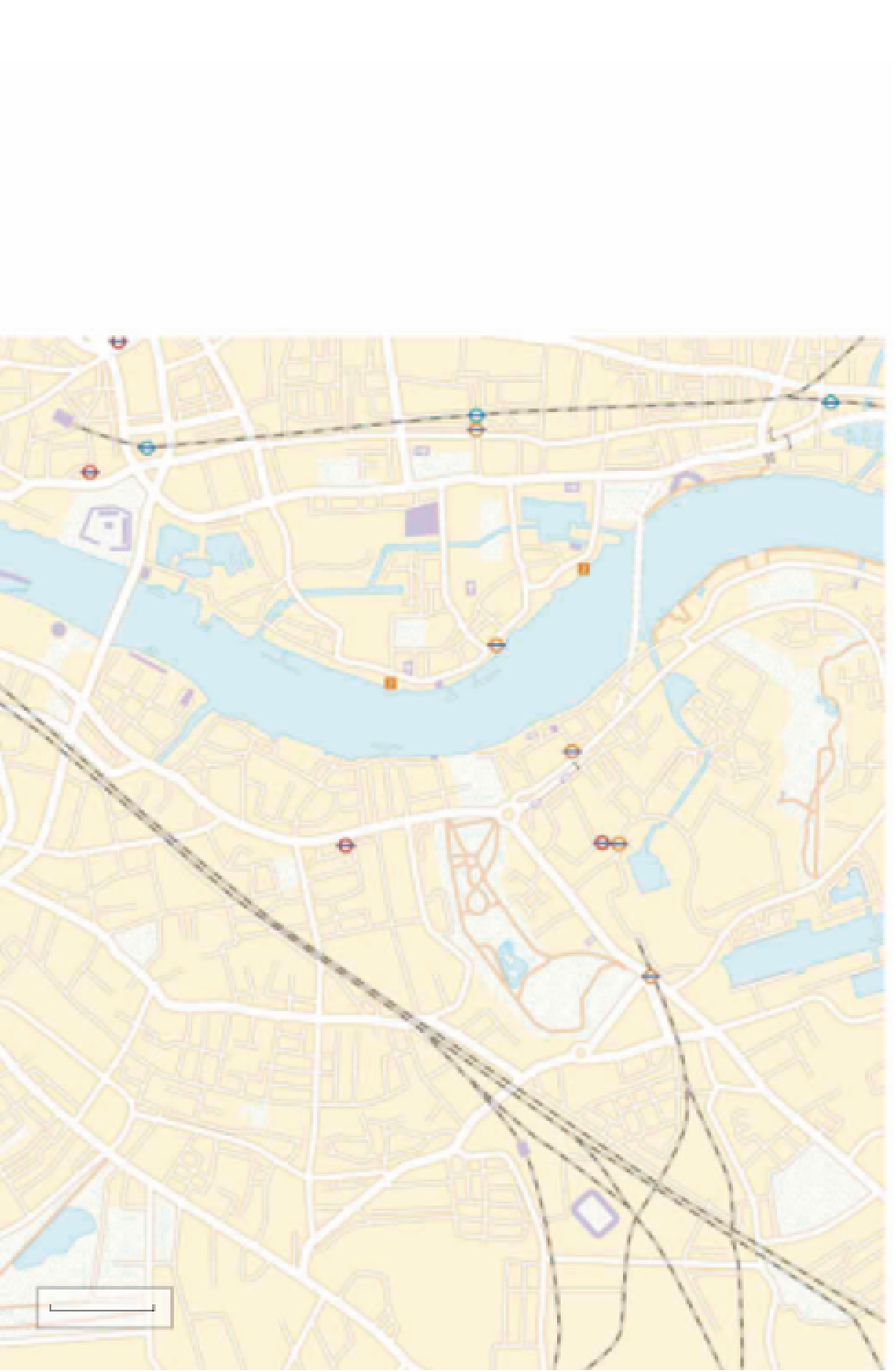Travel Reference
In-Depth Information
From the sixteenth century onwards the
Port of London
was the trading lynchpin of
the British Empire and the key to the city's wealth. The “legal quays” - roughly the
area between London Bridge and the Tower - were crowded with as many as 1400
seagoing vessels forced to wait for up to six weeks to be unloaded, with some 3500
cutters, barges and punts jostling between their hulls. It was to relieve such
congestion that, from 1802 onwards, London constructed the largest enclosed
cargo-dock system
in the world. Each dock was surrounded by 40ft-high walls,
patrolled by its own police force and geared towards a specific cargo. Casual dockers
gathered at the dock gates each morning for the “call-on”, a human scrummage to
get selected for work. This mayhem was only stopped after World War II, when the
Aldgate
Limehouse
Fenchurch
Street
Station
Shadwell
Towe r
Gateway
E T
Limehouse
Basin
St George
in-the-East
Towe r
Hill
G
Y
H
St Paul
Free Trade
Wharf
Shadwell
Basin
Tobacco
Dock
Tower of
London
Pumping Station
(The Wapping Project)
St Katharine
Docks
H
To we r
Hotel
Pumphouse
Museum
St Peter
WAPPING
To we r
Bridge
City Hall
Butler's
Wharf
St John
Wapping
Design
Museum
Wapping Pier
Head
Surrey
Water
Execution
Dock
Wapping
Police
Station
Brunel
Museum
St Mary's
Russia
Dock
Woodland
The Angel
Rotherhithe
Finnish Mission
Norwegian
Seaman's Church
BERMONDSEY
Bermondsey
Canada Water
Canada
Water
Southwark
Park
ROTHERHITHE
Swedish
Seamen's
Church
Surrey Quays
S O U T H
Paterson
Park
South
Bermondsey
Station
Deptford
Park
The Den
(Millwall FC)
Burgess
Park
0
500
yards
































































